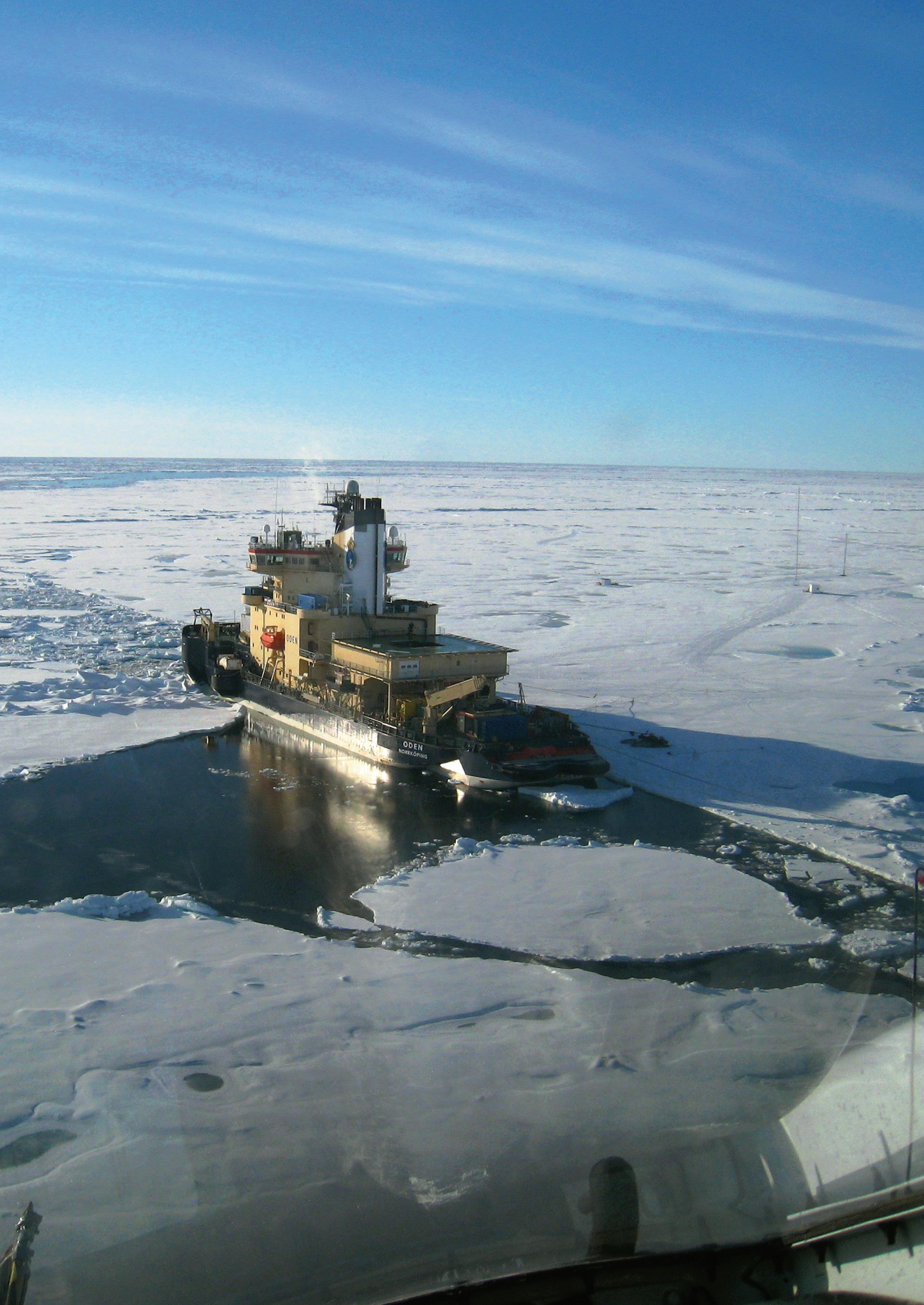MICE – MONALISA IN ICE

The project validated route exchange over satellites in the Arctic. The icebreaker Oden also served as an AIS base stations for nearby vessels.
Preliminary matters
- Name of testbed: MICE (Monalisa ICE)
- Location of testbed: the Arctic, shore centre in Sweden, simulators
- Time and duration of testbed: 2013-2014
- Status (planned, completed or on-going): Completed
- Contact person(s): Per Setterberg (Project Leader) per.setterberg@sjofartsverket.se
- Testbed website closed – some documents found at: www.stmvalidation.eu
- Organisation(s) involved: Partners: Swedish Maritime Adminstration (Project Coordinator), Chalmers University of Technology
- Funding programme and budget: Swedish public funding for research, development, innovation and demonstration activities in the maritime transport sector and Region Västra Götaland
- Related projects: MONALISA, MONALISA 2.0, STM Validation, ACCSEAS, EfficienSea2, ACCSEAS
Executive summary
MICE (MONALISA in Ice), is the designation of a research and development project being conducted in cooperation between the Swedish Maritime Administration (SMA) and the Chalmers University of Technology (Chalmers). MICE is aimed at capitalising on the more wide-ranging MONALISA and MONALISA 2.0 projects, which both are led by SMA, defining the Sea Traffic Management (STM) concept. STM offers a solution to the need for improved situational awareness in the Arctic region, here denoted the MICE concept. Ships’ voyage plans are exchanged with the shore-based service centre in a hand-shaking procedure. Changes can be suggested based on the latest information about weather, ice conditions or the ever changing needs and behaviour of marine wildlife.
MICE helps to optimise icebreaking operations as the ice breaker can send information about newly broken routes directly to the ship’s navigational system. Further, participating ships (Equipped merchant vessels and Ice breakers) also worked as local base stations by sending out its received AIS tracks (TCP/IP via IRIDIUM) within its own AIS coverage. They were thus providing a receiving VTS, JRCC or Ice breaker with improved, beyond the normal coverage real time situational awareness picture and thereby increasing the AIS coverage of the receiving parties greatly.
The MICE concept was successfully tested on the SMA’s icebreaker Oden during her summer expedition to the Arctic in August 2013 and 2014. Oden’s whereabouts were monitored by VTS operators in Sweden and her intended routes were known in advance. MICE provides a solution for the necessities of improved sea traffic monitoring, coordination and support in the Arctic region.
Further, the concept of dynamic ice routes implemented as route exchange between ship-to-shore, ship-to-ship, where demonstrated and tested at Chalmers´ Simulator Centre using an advanced TRANSAS NAVISAILOR 4000 ship simulator. The use of dynamic ice routes were tested with experienced icebreaker masters as operators. Tests were performed during two occasions in November 2014 using two ship bridges equipped with corresponding software supporting route exchange. One of the bridges was equipped with a table top multi-touch screen, to include Human Centred Design aspects.
Relevant documents
Scientific abstract of MICE – a project summary
